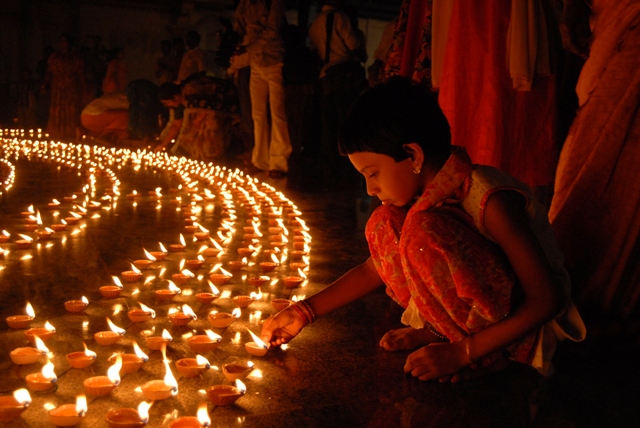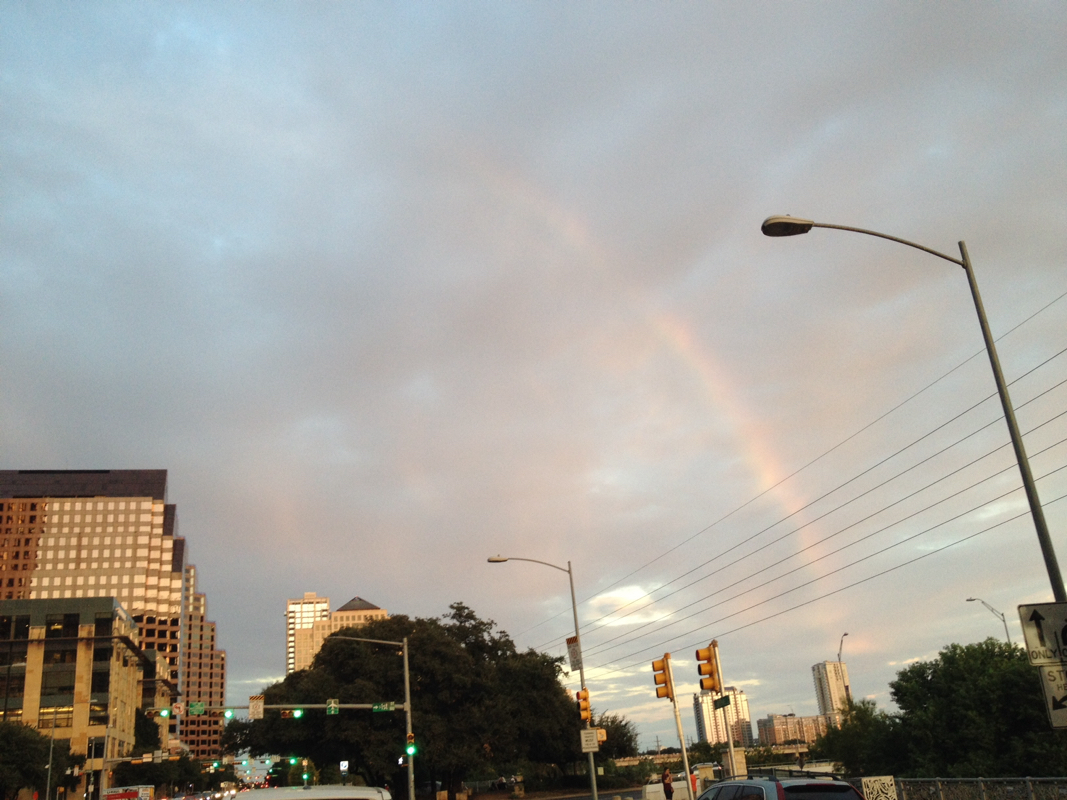The light from the Sun provides the necessary energy for plants, animals, and life to grow on this planet. As the Earth rotates away from the Sun each day, we are presented with a satellite moon to help keep us company and reflect just enough light for us to carefully move about in the darkness of night.
We know that light can be refracted or split up into it's various color spectrums through the use of a prism or as displayed by a rainbow in nature. When sun light enters our atmosphere we perceive it as white in color; however, when light passes through a medium, such as a rain drop, it bends or refracts the light into it's various colors that we normally can't perceive causing the colorful rainbow phenomenon. From here we see that light is more than what it appears to be, and yet without it we could not see anything at all.
I developed a fascination with light bending when I was a child washing the family minivan with my dad. I noticed that when I sprinkled water to wash off the soapsuds from the chrome wheel a tiny rainbow appeared. It was magic (actually more like science). As I grew older and discovered my colorblindness in college I began to more deeply appreciate the perception of color and the subtlety of color information being broadcast. If normal light contains a variety of color wavelengths, and humans are only able to perceive such information as well as their eyes can process, then what else is being conveyed by the light? We know that our planet receives its light from the Sun, but where did the Sun originate? How long can we trust in the Sun's ability to shine its life giving light?
Science has answers for us...
The Sun's lifespan is about nine billion years; we are currently at about four billion years into its life.
The Sun shines at an astronomical lumen count, which is a scientific unit of measurement that calculates an amount of light emitted per second. Its luminous intensity can be defined in candelas (the scientific measurement of light in a given direction emitted from an average candle). This means that the Sun light radiated in a single direction is about the luminous intensity of 1,600 million candles per square meter. This understanding of how intense our Sun burns to radiate such a powerful life giving shower of light gives new meaning to the expression of a candle burning in the Sun. It is difficult to outshine the Sun, but not impossible. The Sun itself came from a source that science once again teaches originated from what we refer to as the "Big Bang". The theory of a giant explosion of energy and light that gave birth to all the cosmic life in the Universe. There are detectable traces of energy that astrophysicists have said: "Light from the afterglow was so bright that two hours after the initial burst, it was still more than a trillion times more luminous than our Sun."
"If you concentrated all the energy that the Sun will put out over its entire 9 billion-year life into a tenth of a second, then you would have some idea of the brightness."
― Professor Michael Ashley, an astrophysicist at the University of New South Wales in Sydney
Humans possess an ability akin to a candle when it comes to brightening up the lives of others. We are able to shine our light into the lives of those who may have some darkness lurking beneath their exteriors. Examples of darkness come in the forms of sadness, hunger, thirst, despair, hatred, addiction, confusion, and loneliness. Light can come in the form of friendship, love, trust, forgiveness, nourishment, laughter, song, dance, and merriment. We are called to be seekers of truth. We are called to walk the path of "light". We are candles burning in the Sun, but we've also been given the chance to go out and share our light with those who've found themselves without and together extinguish the darkness.
“Thousands of candles can be lighted from a single candle, and the life of the single candle will not be shortened. Happiness never decreases by being shared.”
― Buddha




 RSS Feed
RSS Feed
